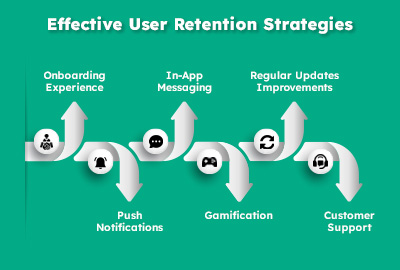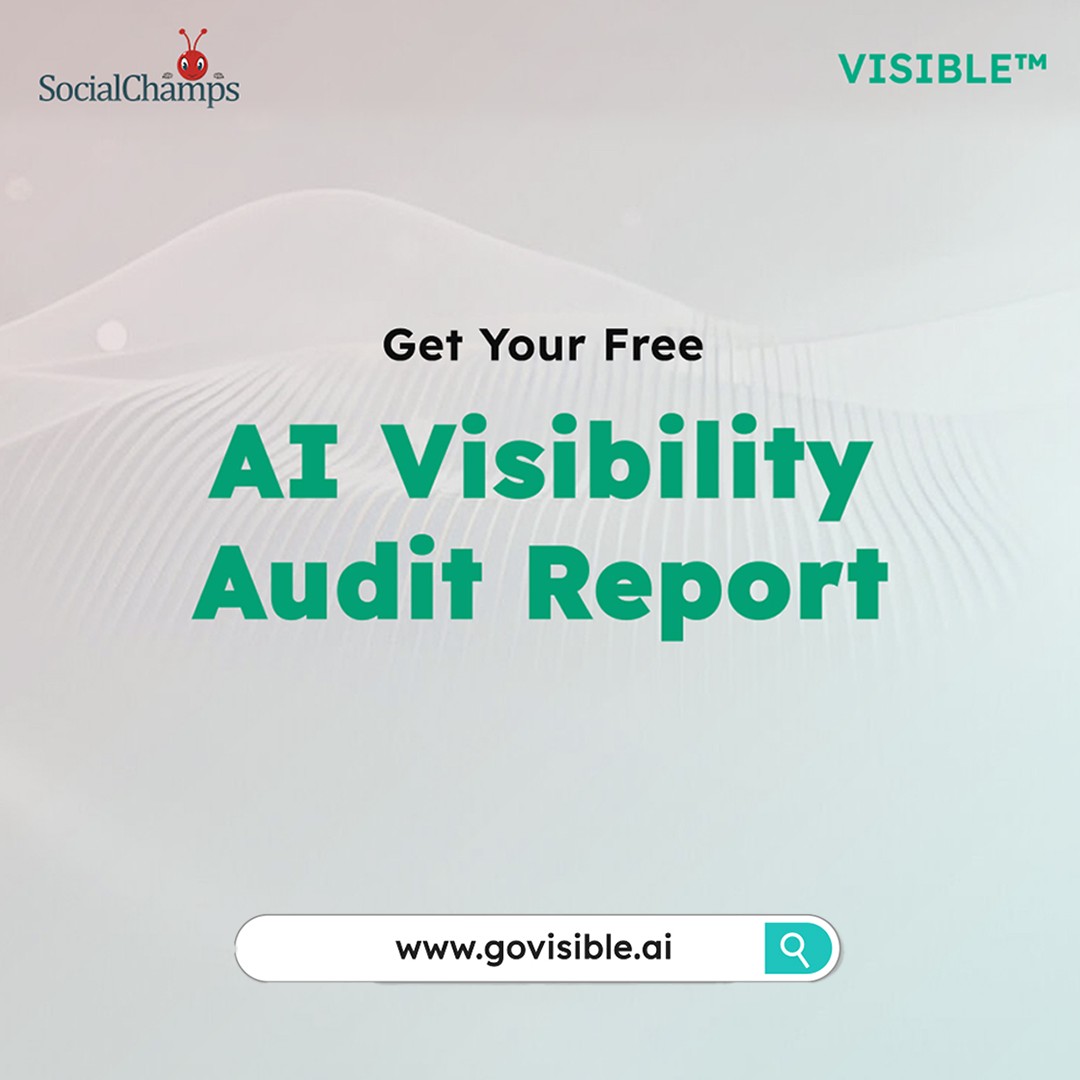In the competitive world of mobile apps, acquiring new users is only half the battle. Keeping them engaged and retaining them over time is crucial for the long-term success of your app. User retention not only boosts your app’s active user base but also enhances its overall profitability. In this article, we’ll explore effective user retention strategies for mobile apps that can help you keep your users engaged and loyal.
Understanding User Retention
User retention refers to the ability of an app to keep its users coming back over a period of time. It’s a critical metric that reflects the app’s value and user satisfaction. High retention rates indicate that users find your app valuable, while low retention rates suggest that users are not finding enough reason to stay engaged.
Key Metrics for Measuring User Retention
To effectively manage and improve user retention, it’s important to track the right metrics:
- Retention Rate: The percentage of users who return to the app after a certain period, such as one day, one week, or one month.
- Churn Rate: The percentage of users who stop using the app over a specific period.
- Daily Active Users (DAU) and Monthly Active Users (MAU): These metrics measure the number of unique users who engage with the app daily and monthly, respectively.
- Lifetime Value (LTV): The total revenue generated by a user throughout their engagement with the app.
Effective User Retention Strategies
Here are some proven strategies to improve user retention for your mobile app:
1. Onboarding Experience
The onboarding process is the first interaction users have with your app, and it sets the tone for their entire experience. A smooth and engaging onboarding process can significantly boost user retention.
Tips for a Great Onboarding Experience:
- Keep it Simple: Avoid overwhelming users with too much information at once. Guide them through the key features step-by-step.
- Highlight Value: Clearly communicate the value and benefits of your app. Show users how the app can solve their problems or enhance their lives.
- Interactive Tutorials: Use interactive tutorials to help users understand how to use the app effectively. Allow them to explore the app with hands-on guidance.
Example:
“Duolingo, a language learning app, uses a gamified onboarding process that engages users from the start. New users are guided through a simple language lesson, demonstrating the app’s value and ease of use.”
2. Push Notifications
Push notifications are a powerful tool to re-engage users and keep them coming back to your app. However, it’s important to use them wisely to avoid annoying your users.
Best Practices for Push Notifications:
- Personalization: Personalize notifications based on user behavior and preferences. Tailored messages are more likely to resonate with users.
- Timing: Send notifications at the right time to maximize engagement. Avoid sending notifications during odd hours.
- Value-Driven Content: Ensure that each notification provides value to the user, whether it’s a helpful tip, a special offer, or an important update.
Example:
“Headspace, a meditation app, sends personalized notifications reminding users to meditate at their preferred times. These reminders help users maintain their meditation practice and stay engaged with the app.”
3. In-App Messaging
In-app messaging allows you to communicate with users directly within the app, providing timely and relevant information. It’s an effective way to engage users and guide them through their journey.
Effective In-App Messaging Strategies:
- Welcome Messages: Send a warm welcome message to new users, making them feel valued and appreciated.
- Usage Tips: Provide tips and suggestions to help users get the most out of your app. Highlight lesser-known features that can enhance their experience.
- Progress Updates: Keep users informed about their progress and achievements within the app. Celebrate milestones and encourage continued engagement.
Example:
“Fitbit, a fitness tracking app, uses in-app messaging to provide users with personalized fitness tips and progress updates. These messages help users stay motivated and engaged with their fitness goals.”
4. Gamification
Gamification involves incorporating game-like elements into your app to make it more engaging and enjoyable. By adding elements such as rewards, challenges, and leaderboards, you can motivate users to stay active and engaged.
Gamification Techniques:
- Rewards and Badges: Offer rewards and badges for completing certain actions or achieving milestones. This gives users a sense of accomplishment.
- Challenges: Create challenges that encourage users to engage with the app regularly. This could be daily tasks, weekly goals, or community competitions.
- Leaderboards: Introduce leaderboards to foster a sense of competition and community among users. Seeing their rank can motivate users to improve and stay active.
Example:
“Forest, an app that helps users stay focused, gamifies the experience by allowing users to grow a virtual tree for every focused session. Users earn coins and unlock new tree species, making the process fun and rewarding.”
5. Regular Updates and Improvements
Continuously updating and improving your app shows users that you are committed to providing a valuable and evolving experience. Regular updates can fix bugs, introduce new features, and enhance the overall user experience.
Tips for Effective Updates:
- User Feedback: Listen to user feedback and prioritize updates based on their needs and suggestions.
- Release Notes: Clearly communicate the changes and improvements in each update. Let users know how the updates benefit them.
- Consistency: Maintain a regular update schedule to keep the app fresh and engaging.
Example:
“Instagram regularly updates its app with new features and improvements based on user feedback. This keeps the app relevant and ensures users have a positive experience.”
6. Customer Support
Providing excellent customer support can significantly impact user retention. Users are more likely to stay engaged with an app that offers prompt and helpful assistance when they encounter issues.
Best Practices for Customer Support:
- Accessibility: Make it easy for users to access support through various channels, such as in-app chat, email, or social media.
- Responsiveness: Respond to user inquiries and issues promptly. A quick resolution can prevent users from becoming frustrated and abandoning the app.
- Knowledge Base: Create a comprehensive knowledge base or FAQ section to help users find answers to common questions on their own.
Example:
“Slack, a team collaboration app, offers robust customer support with a detailed help center and responsive support team. Users can easily find solutions to their problems, ensuring a smooth and satisfying experience.”
Conclusion
User retention is a critical aspect of mobile app success. By implementing effective retention strategies such as a smooth onboarding experience, personalized push notifications, in-app messaging, gamification, regular updates, and excellent customer support, you can keep your users engaged and loyal. Remember, retaining existing users is often more cost-effective than acquiring new ones, making user retention a key focus for any mobile app strategy.
Investing in user retention not only enhances user satisfaction but also drives long-term growth and profitability for your app. By understanding user behavior, continuously optimizing your app, and providing a valuable experience, you can build a loyal user base that contributes to the sustained success of your mobile app.





0 Comments